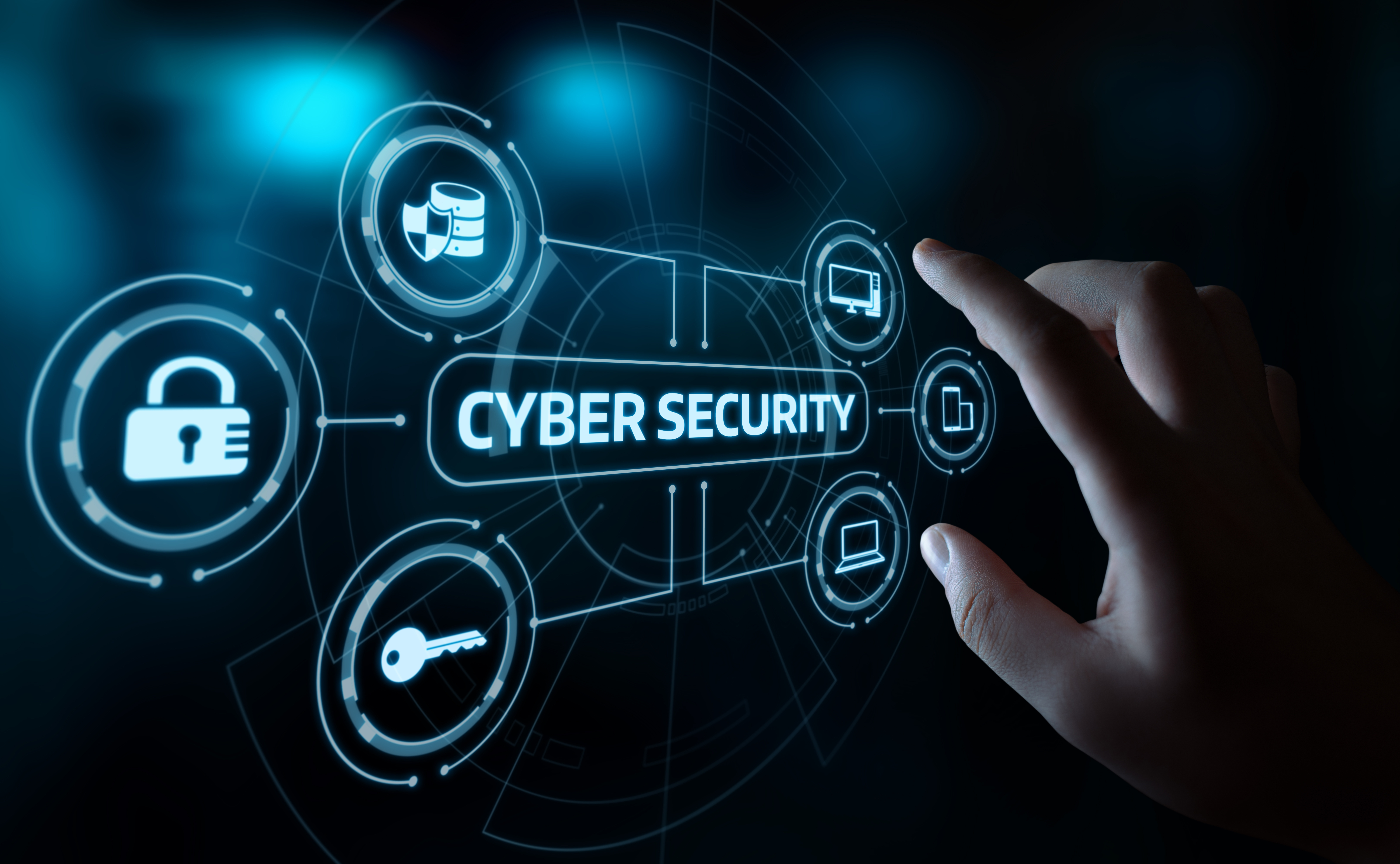
In today’s increasingly digital world, cybersecurity has become a critical concern for businesses of all sizes. With cyber threats evolving at an alarming pace, protecting your organization’s sensitive data and maintaining trust with your customers is more important than ever. As we navigate through 2024, here are essential practices to enhance your cybersecurity posture and safeguard your digital assets.
Understanding the Cyber Threat Landscape
The cybersecurity threat landscape is constantly changing, with new types of attacks and vulnerabilities emerging regularly. Some of the most prevalent threats include:
- Phishing Attacks: Deceptive emails or messages designed to trick individuals into revealing sensitive information.
- Ransomware: Malicious software that encrypts data and demands payment for its release.
- Zero-Day Exploits: Attacks that target previously unknown vulnerabilities in software.
- DDoS Attacks: Distributed denial-of-service attacks that overwhelm systems and networks, causing service disruptions.
Given this dynamic environment, it’s crucial for organizations to stay informed and proactive in their cybersecurity efforts.
Essential Cybersecurity Practices
- Implement Strong Password Policies
- Encourage the use of complex, unique passwords for all accounts.
- Implement multi-factor authentication (MFA) to add an extra layer of security.
- Regularly update and change passwords to mitigate the risk of unauthorized access.
- Keep Software and Systems Up-to-Date
- Regularly update all software, including operating systems and applications, to patch known vulnerabilities.
- Enable automatic updates where possible to ensure timely application of patches.
- Conduct Regular Security Audits and Risk Assessments
- Perform comprehensive security audits to identify vulnerabilities and assess the effectiveness of existing security measures.
- Conduct risk assessments to understand potential threats and prioritize mitigation efforts.
- Train Employees on Cybersecurity Best Practices
- Provide regular training sessions on recognizing and responding to common cyber threats like phishing and social engineering.
- Establish clear policies for data handling, device usage, and incident reporting.
- Utilize Advanced Threat Detection and Response Tools
- Deploy advanced security solutions such as intrusion detection systems (IDS) and intrusion prevention systems (IPS).
- Use endpoint protection and network monitoring tools to detect and respond to suspicious activities in real time.
- Implement Data Encryption
- Encrypt sensitive data both in transit and at rest to protect it from unauthorized access.
- Use strong encryption protocols and manage encryption keys securely.
- Backup Data Regularly
- Regularly back up critical data to secure, offsite locations.
- Test backup and recovery procedures to ensure data can be restored quickly in the event of a cyber incident.
- Develop and Test an Incident Response Plan
- Create a detailed incident response plan outlining the steps to take in the event of a cybersecurity breach.
- Conduct regular drills and simulations to ensure your team is prepared to respond effectively.
- Secure Remote Work Environments
- Implement secure VPNs (Virtual Private Networks) for remote access to company networks.
- Ensure remote devices are equipped with up-to-date security software and follow company security policies.
- Engage with Cybersecurity Professionals
- Consider partnering with cybersecurity experts or managed security service providers (MSSPs) for specialized support and monitoring.
- Stay informed about the latest cybersecurity trends and threat intelligence from reputable sources.
Looking Ahead: The Future of Cybersecurity
As we move further into 2024, the importance of a robust cybersecurity strategy cannot be overstated. Emerging technologies such as artificial intelligence (AI) and machine learning are becoming integral to cybersecurity efforts, helping to predict, detect, and mitigate threats more effectively. Organizations should explore these technologies to enhance their security measures.
Moreover, regulatory requirements and industry standards are evolving, making it essential for businesses to stay compliant with the latest guidelines to avoid penalties and protect their reputation.
By implementing these essential cybersecurity practices and staying ahead of emerging trends, your organization can build a resilient defense against the ever-evolving cyber threat landscape. Stay vigilant, stay informed, and prioritize cybersecurity to ensure the safety and success of your business in the digital age.
By following these best practices and continuously enhancing your cybersecurity measures, you can better protect your organization from cyber threats and maintain the trust of your customers and stakeholders. For more insights and tailored cybersecurity solutions, contact Markdona Technologies today.
